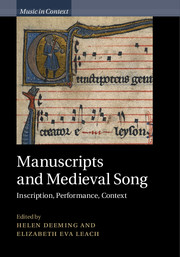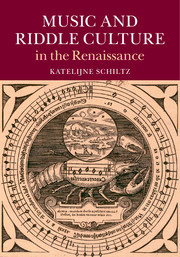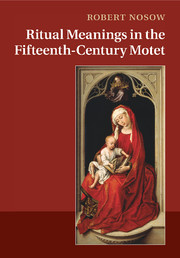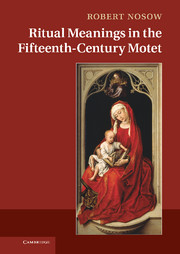The Monstrous New Art
Late medieval motet texts are brimming with chimeras, centaurs and other strange creatures. In The Monstrous New Art, Anna Zayaruznaya explores the musical ramifications of this menagerie in the works of composers Guillaume de Machaut, Philippe de Vitry, and their contemporaries. Aligning the larger forms of motets with the broad sacred and secular themes of their texts, Zayaruznaya shows how monstrous or hybrid exempla are musically sculpted by rhythmic and textural means. These divisive musical procedures point to the contradictory aspects not only of explicitly monstrous bodies, but of such apparently unified entities as the body politic, the courtly lady, and the Holy Trinity. Zayaruznaya casts a new light on medieval modes of musical representation, with profound implications for broader disciplinary narratives about the history of text-music relations, the emergence of musical unity, and the ontology of the musical work.
- Approaches motets from a number of disciplinary perspectives, including music, literature, and the history of ideas
- Discusses several previously unedited works, revealing their significance for the first time
- Appendices contain texts and translations of the French and Latin works discussed
Reviews & endorsements
‘A thoroughly excellent, original, important, and thought-provoking book, which will prove to be of great interest to a broad constituency of readers in musicology.' Elizabeth Eva Leach, University of Oxford
'Zayaruznaya's book provides compelling new insights into one of the most prominent and least understood genres of late-medieval music.' Karl Kügle, Universiteit Utrecht, The Netherlands
Product details
May 2015Hardback
9781107039667
320 pages
253 × 183 × 20 mm
0.79kg
25 b/w illus. 6 tables 44 music examples
Available
Table of Contents
- Introduction
- 1. Songs alive
- 2. How (not) to write a motet: the exemplary In virtute/Decens
- 3. Motet visions of an apocalyptic statue
- 4. Interlude: Nebuchadnezzar's dream
- 5. Ars nova and division
- Epilogue: the poetics of representation
- Appendices:
- 1. Philippe de Vitry, In virtute/Decens: texts, translations, and music
- 2. Philippe de Vitry, Cum statua/Hugo: texts, translations, and music
- 3. Philippe de Vitry, Phi millies/O creator: texts, translations, and music
- 4. Anonymous, Post missarum/Post misse: texts and translations
- 5. Anonymous, Fortune/Ma dolour: texts and translations
- 6. Anonymous, Amer/Durement: texts and translations
- 7. Philippe de Vitry, Firmissime/Adesto: texts and translations
- 8. Anonymous, Beatius/Cum humanum: texts and translations.








